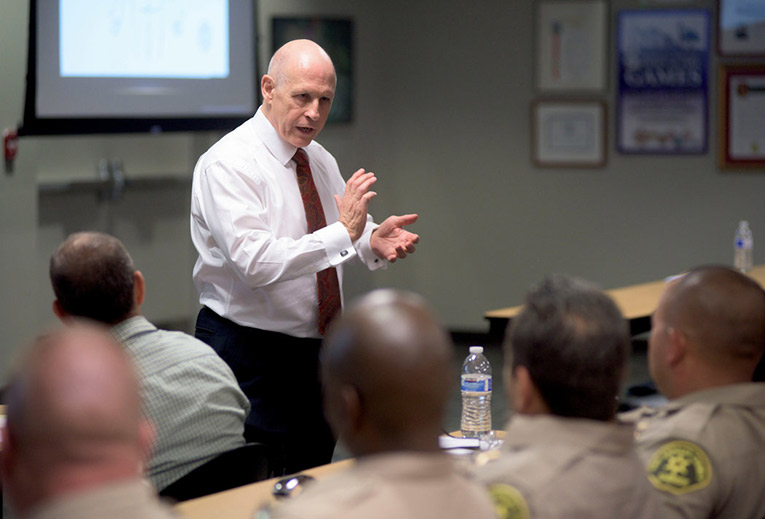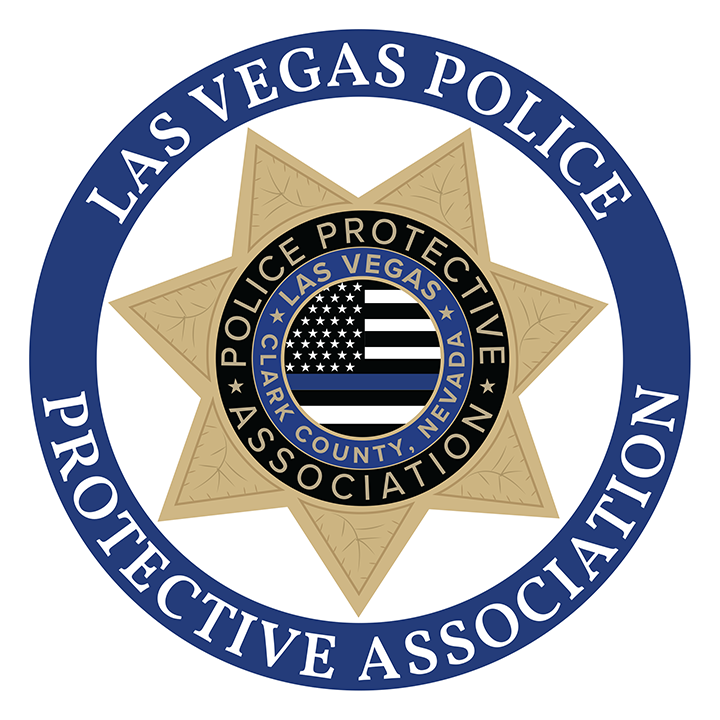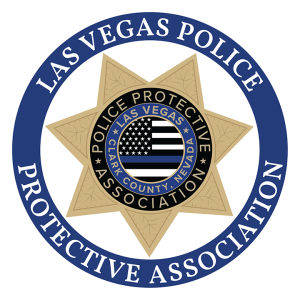
The shooting looked bad. But that is when the professor is at his best. A black motorist, pulled to the side of the road for a turn-signal violation, had stuffed his hand into his pocket. The white officer yelled for him to take it out. When the driver started to comply, the officer shot him dead.
The driver was unarmed.
Taking the stand at a public inquest, William J. Lewinski, the psychology professor, explained that the officer had no choice but to act.
“In simple terms,” the district attorney in Portland, Ore., asked, “if I see the gun, I’m dead?”
“In simple terms, that’s it,” Dr. Lewinski replied.
When police officers shoot people under questionable circumstances, Dr. Lewinski is often there to defend their actions. Among the most influential voices on the subject, he has testified in or consulted in nearly 200 cases over the last decade or so and has helped justify countless shootings around the country.
Continue reading the main story
His conclusions are consistent: The officer acted appropriately, even when shooting an unarmed person. Even when shooting someone in the back. Even when witness testimony, forensic evidence or video footage contradicts the officer’s story.
He has appeared as an expert witness in criminal trials, civil cases and disciplinary hearings, and before grand juries, where such testimony is given in secret and goes unchallenged. In addition, his company, the Force Science Institute, has trained tens of thousands of police officers on how to think differently about police shootings that might appear excessive.
A string of deadly police encounters in Ferguson, Mo.; North Charleston, S.C.; and most recently in Cincinnati, has prompted a national reconsideration of how officers use force and provoked calls for them to slow down and defuse conflicts. But the debate has also left many police officers feeling unfairly maligned and suspicious of new policies that they say could put them at risk. Dr. Lewinski says his research clearly shows that officers often cannot wait to act.
“We’re telling officers, ‘Look for cover and then read the threat,’ ” he told a class of Los Angeles County deputy sheriffs recently. “Sorry, too damn late.”

